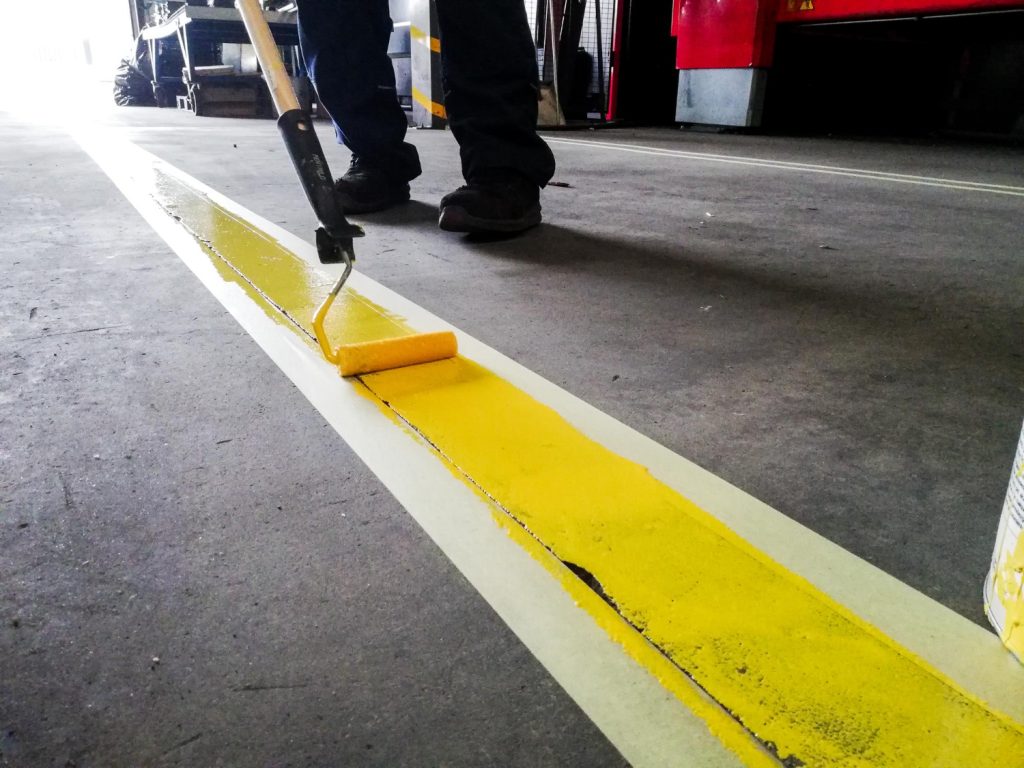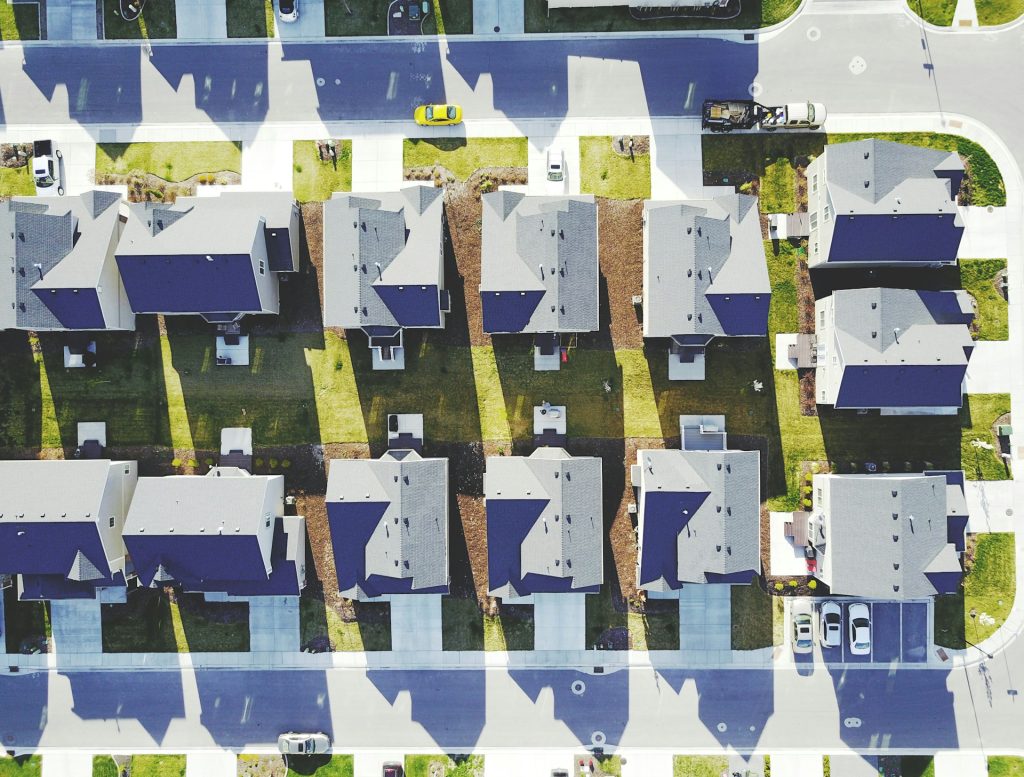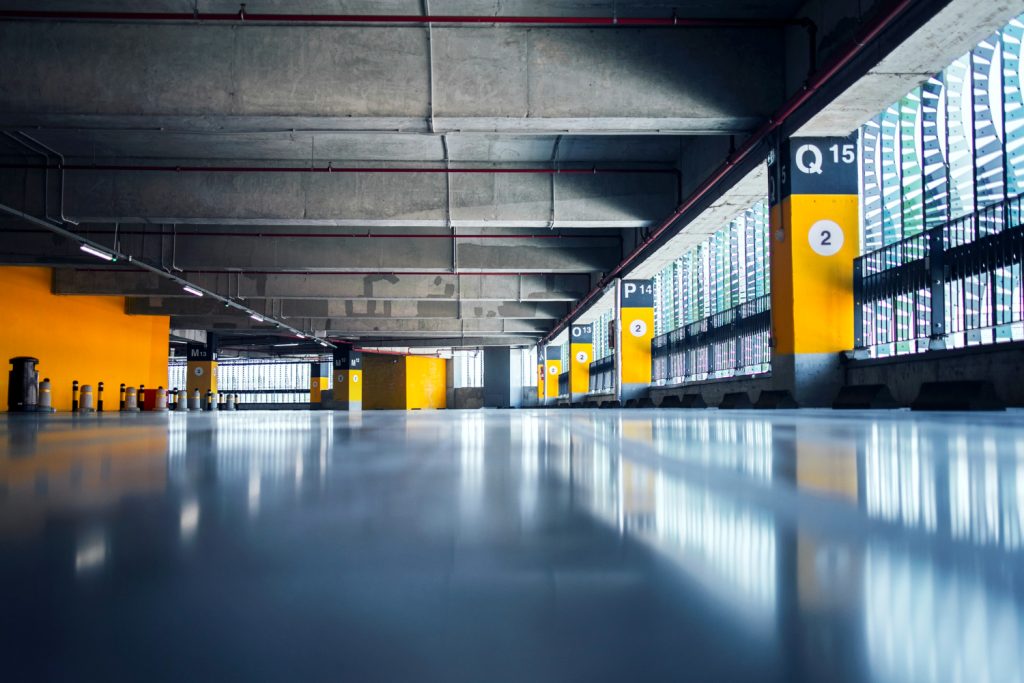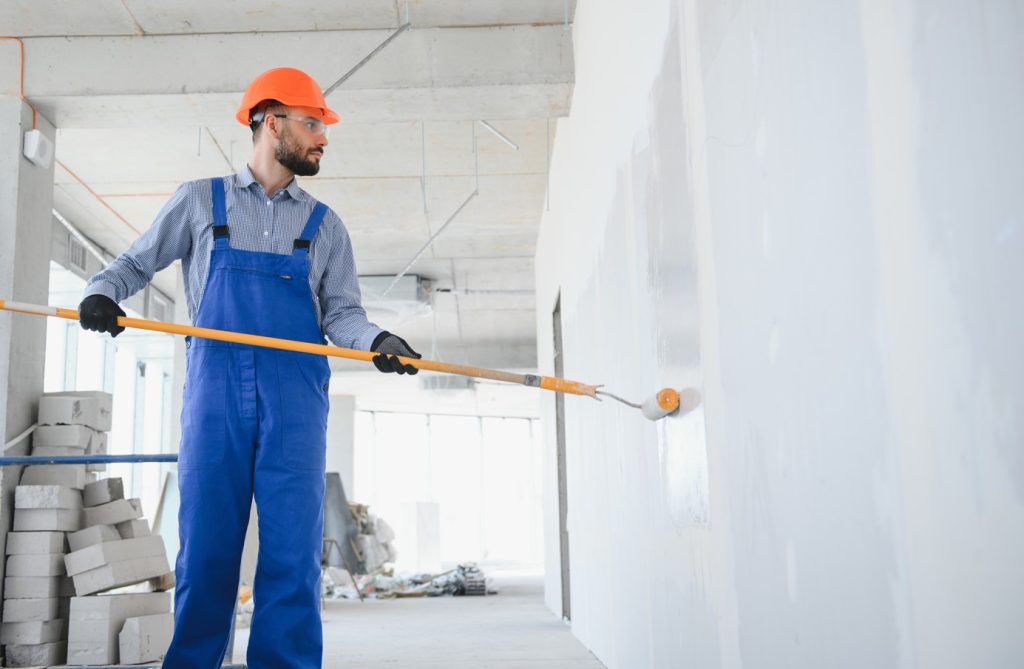Exterior painting is a crucial part of maintaining the visual appeal and structural integrity of any commercial building. A well-painted exterior serves as the first impression for clients and customers, so it's important to get it right. High-quality exterior paint not only enhances curb appeal, but it also protects the building from the elements, including harsh sun, rain, and wind. Whether it's a healthcare facility, a school, or a retail space, the exterior paint job needs to be both attractive and durable.
We understand the unique challenges involved in exterior commercial painting, particularly in ensuring that the job disrupts the daily operations as little as possible. By focusing on thorough preparation, selecting the right materials, using effective painting techniques, and implementing regular maintenance, we can achieve a long-lasting and aesthetically pleasing finish. This article will guide you through the best practices for exterior commercial painting, offering insights and tips to help you make informed decisions. The goal is to provide a beautiful, durable paint job that stands the test of time, keeping your commercial property looking its best.
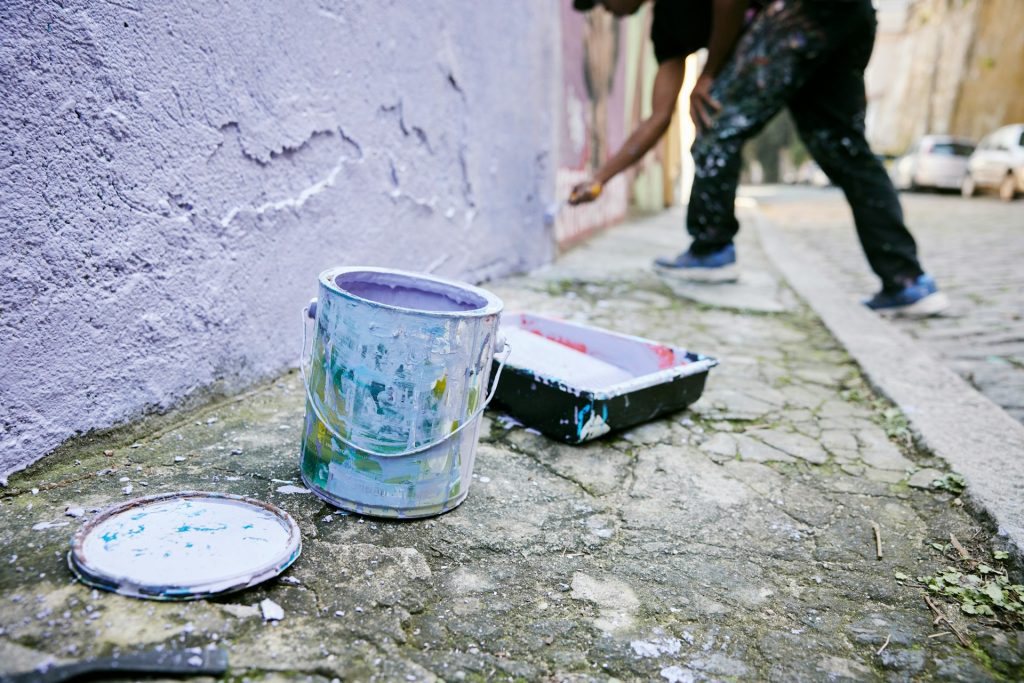
Effective Graffiti Removal to Keep Perth Schools Clean and Welcoming

